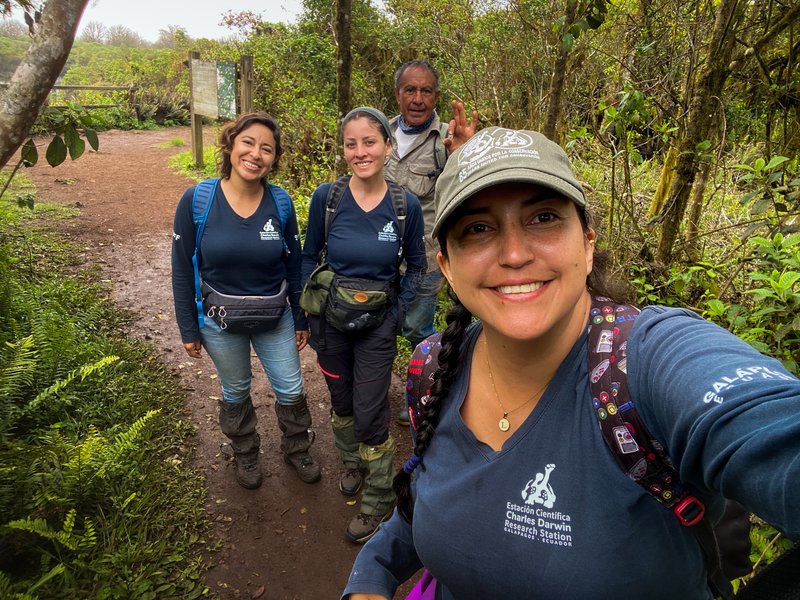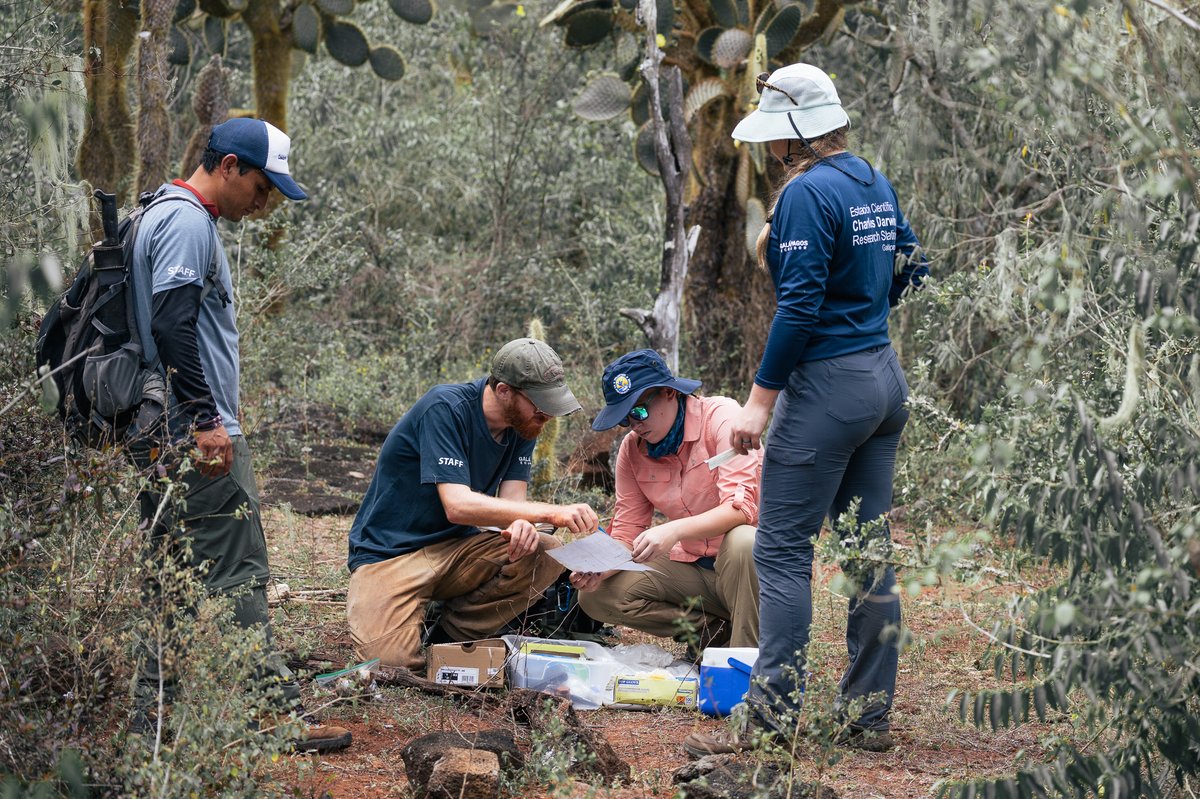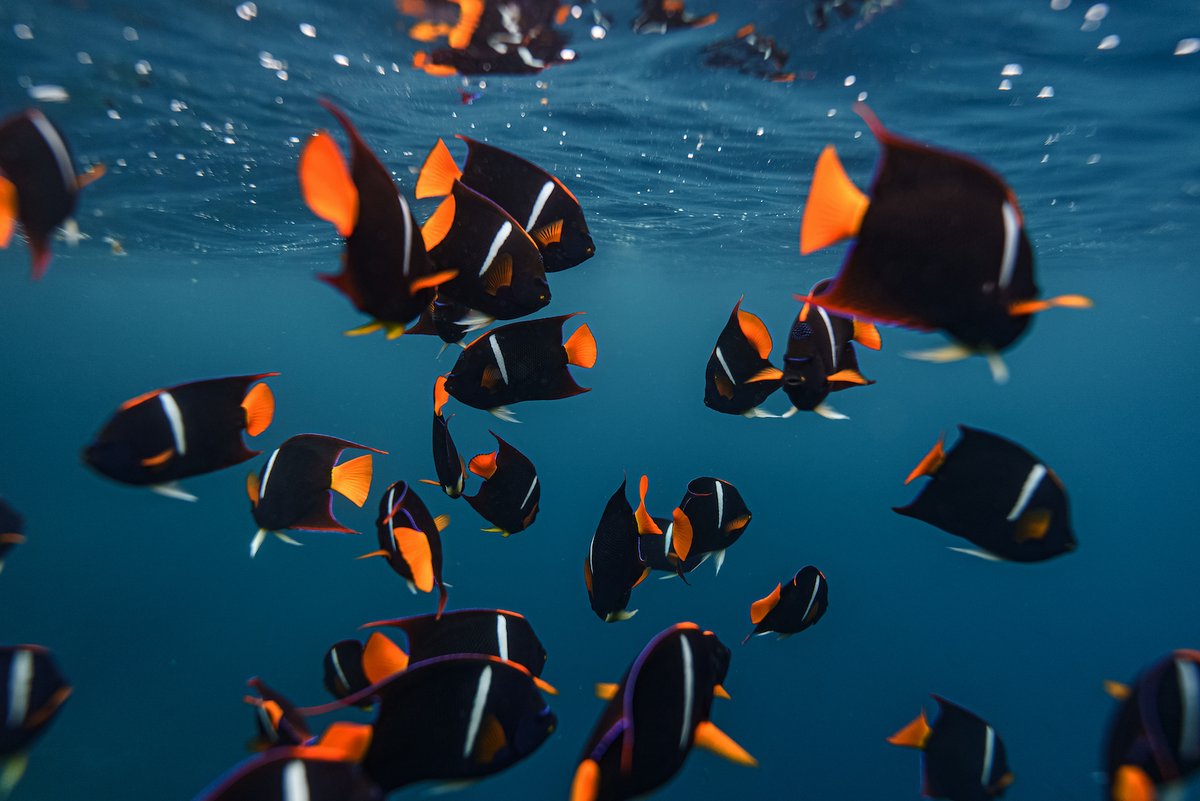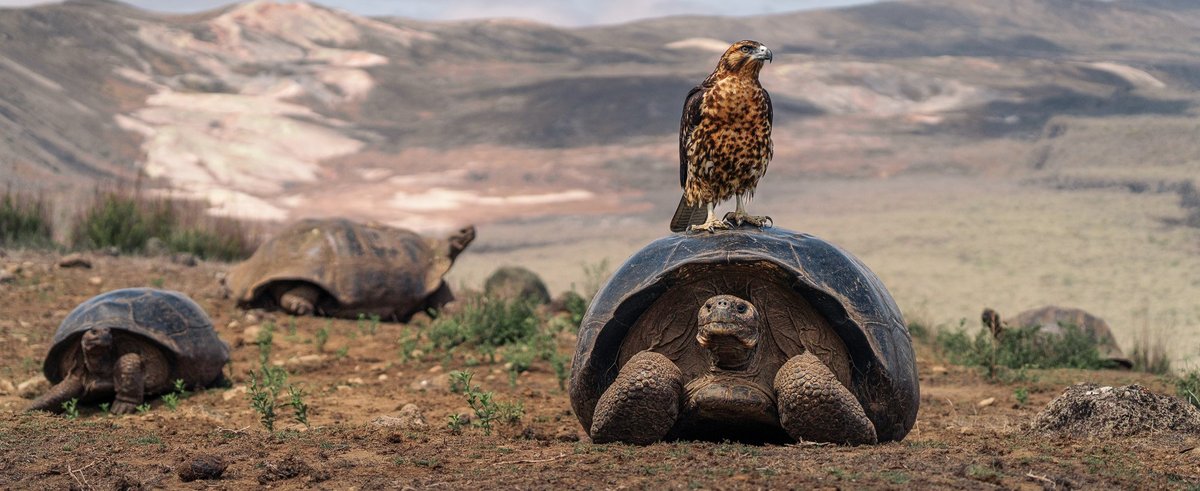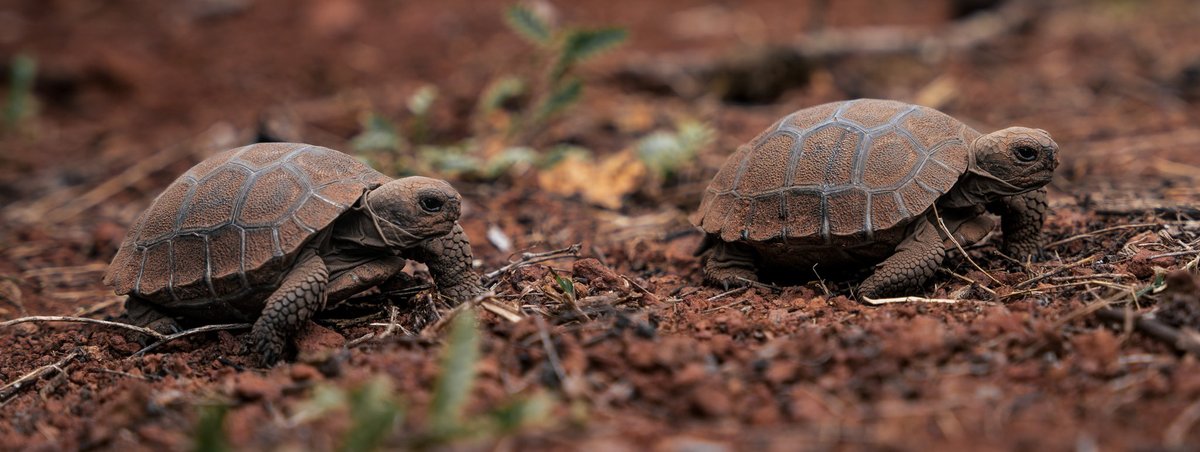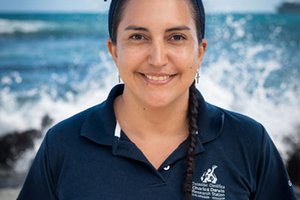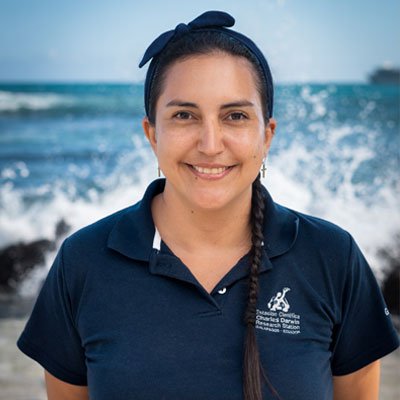Working in Galápagos is more than just a job—it’s a mission, a deep connection to a fragile and unique ecosystem. With 12 years of experience in communication, I’ve had the privilege of witnessing how the collaboration between science and communication is one of the most powerful strategies for conserving this paradise.
In this story, I’ll share one of my most recent field experiences in the Scalesia forest at Los Gemelos, where nature and human effort come together to protect our home.
A Journey of Passion and Purpose
Throughout my career, I have taken on various roles, from reporter to communications officer at a conservation-focused NGO. No matter the position, one thing has remained constant: my passion for being at the heart of the action.
In the past, I saw fieldwork as ministerial meetings and site visits. Today, it means immersing myself in nature, working alongside scientists whose dedication to studying and protecting Galápagos is truly inspiring. Seeing how science drives decisions and conservation efforts only strengthens my commitment to this cause.
Los Gemelos: More Than a Tourist Destination
Los Gemelos, an iconic site in the highlands of Santa Cruz, is known for its striking crater landscapes and Scalesia forest, home to a unique yet threatened plant species. Protecting this fragile ecosystem has become a top priority. Beyond the tourist trails, however, a real challenge persists—invasive plant species, such as the blackberry, have taken over parts of the forest, displacing Scalesia and disrupting the ecosystem.
On my recent expedition, I accompanied a German Public Television team to document the work of my colleague Jacqueline Rodríguez (Jackie), an entomologist at the Charles Darwin Foundation (CDF). The day began with equipment preparation—drones, cameras, and microphones on one side; machetes, traps, and collection jars on the other.
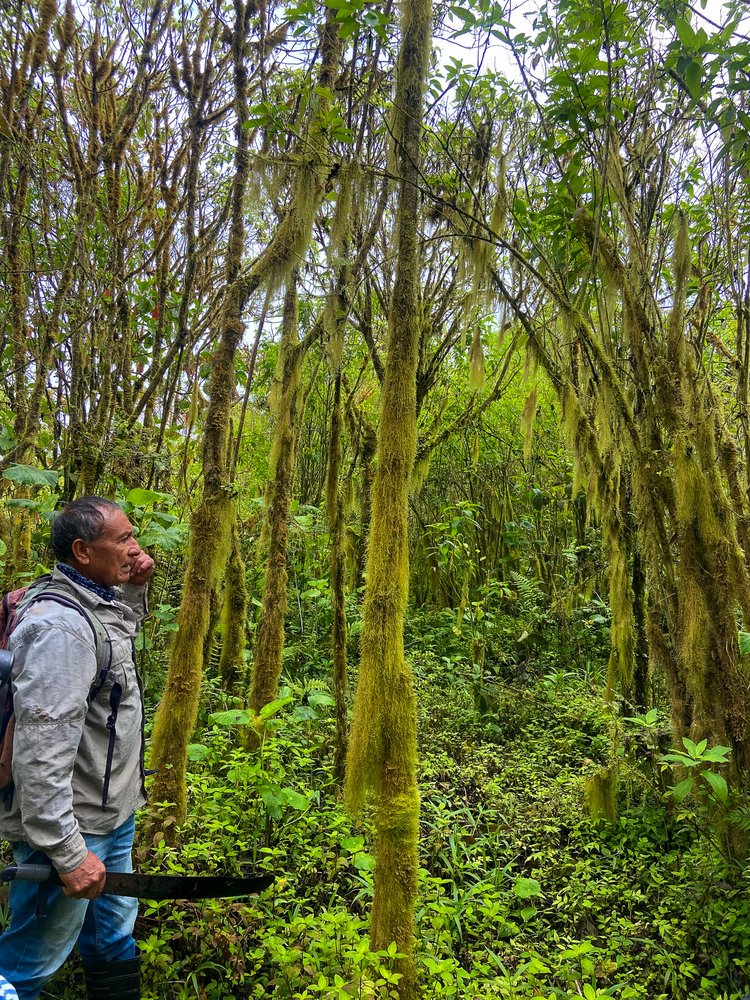
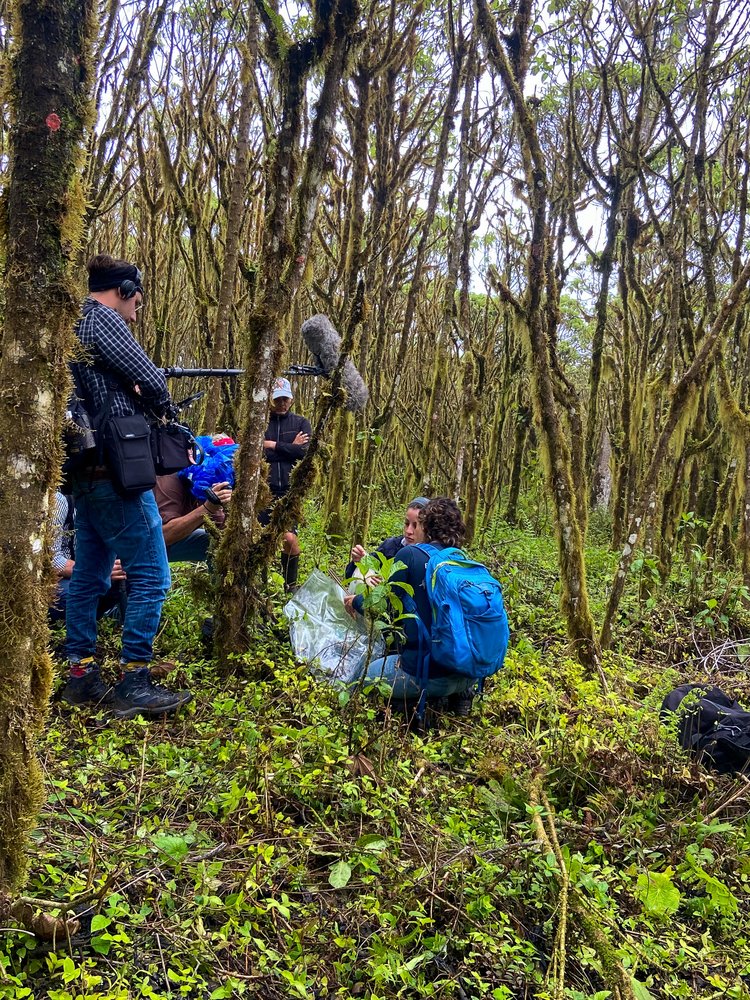
Roberto, a Galápagos native and field assistant expert, cleared the path for us to enter the forest. Being inexperienced in these areas, the thorns took a toll on my legs. However, every scratch was worth it when we reached our first destination—a section of the forest where the team would set invertebrate traps.
The traps serve different purposes:
- Pitfall traps collect invertebrates moving along the forest floor, among leaf litter or under rocks.
- Malaise traps intercept flying insects.
Each type is crucial, allowing scientists to study the diversity and abundance of species at different levels of the forest. The data gathered helps determine the roles these species play in maintaining the ecosystem’s balance, including pollination, decomposition, herbivory, and predation.
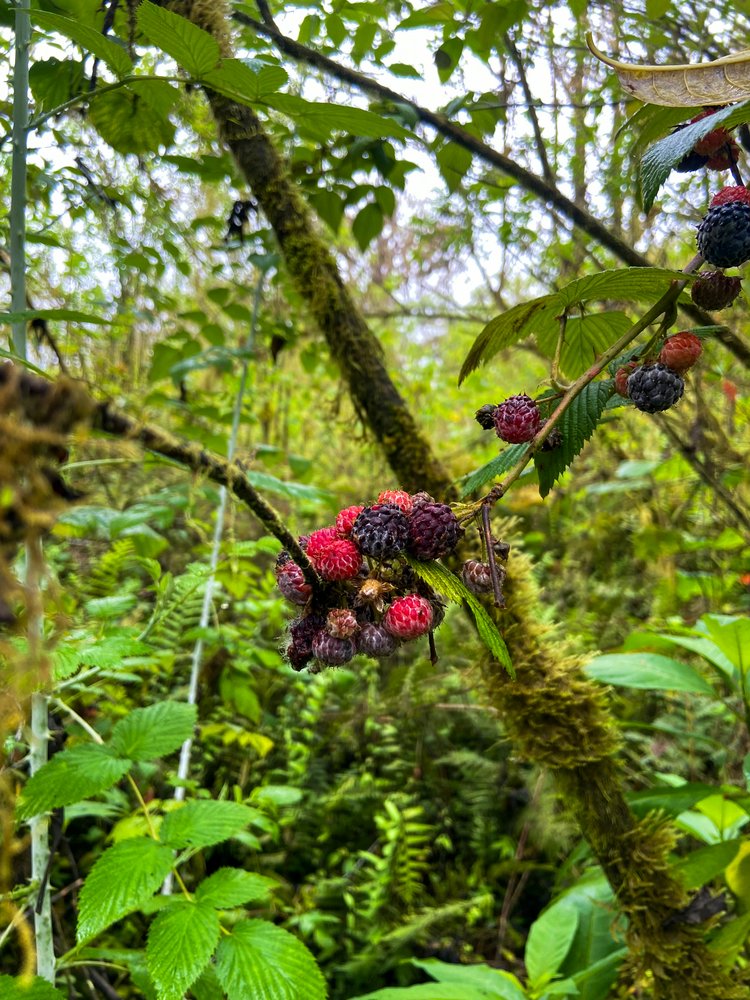
Science in Action: Collecting Insects
Jackie and her team’s work is both complex and fascinating. For 10 years, they have placed these traps in two areas of the Scalesia forest:
- A section invaded by species like blackberry.
- A controlled area where invasive species are actively removed.
After several days, the team retrieves the traps, collects samples, and transports them to the Terrestrial Invertebrate Laboratory at the Charles Darwin Research Station (CDRS). That’s where the real work begins—a process that takes months. Each specimen is carefully cleaned, sorted, and identified down to the lowest possible taxonomic level: family, genus, or species.
"Invertebrates are an important food source for the birds in this forest. It takes time and patience, but counting them helps us understand their abundance in each area. Identifying them is essential to determine whether a species is endemic, native, or introduced," Jackie explained.
This information is crucial for understanding how invasive species like blackberry alter the forest structure and impact local plant and animal communities.
Additionally, long-term studies are essential for monitoring how the ecosystem recovers when invasive species are controlled. This research provides valuable insights for developing conservation strategies and management measures for Galápagos' protected areas.
This is just one example of how scientists play a crucial role in conservation, and how communicators help bring these efforts to the world’s attention.
After an exhausting day in the field, returning to town for a well-earned meal before heading to the laboratory was the perfect way to end the day. Jackie walked us through the first steps in the long process of identifying the collected samples. She preserved them in alcohol, carefully cleaned them, and used fine entomological tweezers, brushes, and a stereoscope to meticulously separate tiny invertebrates almost impossible to detect with the naked eye.
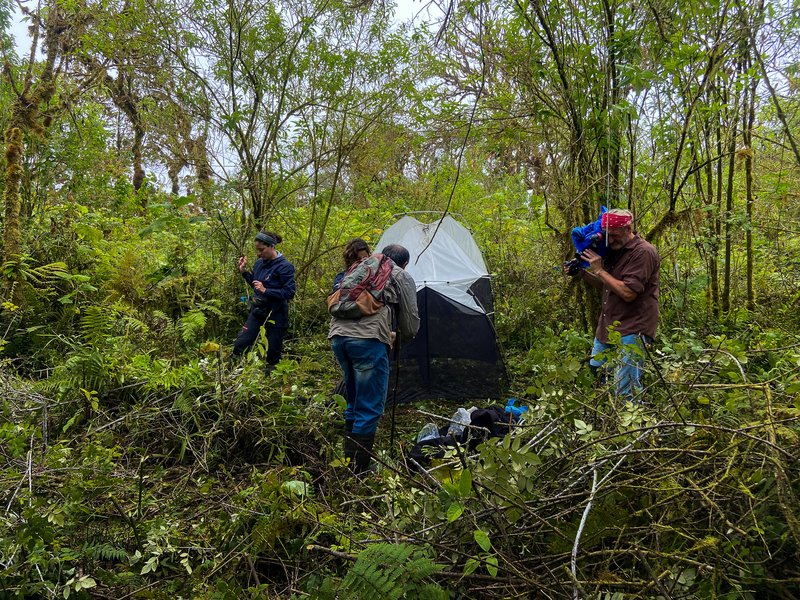
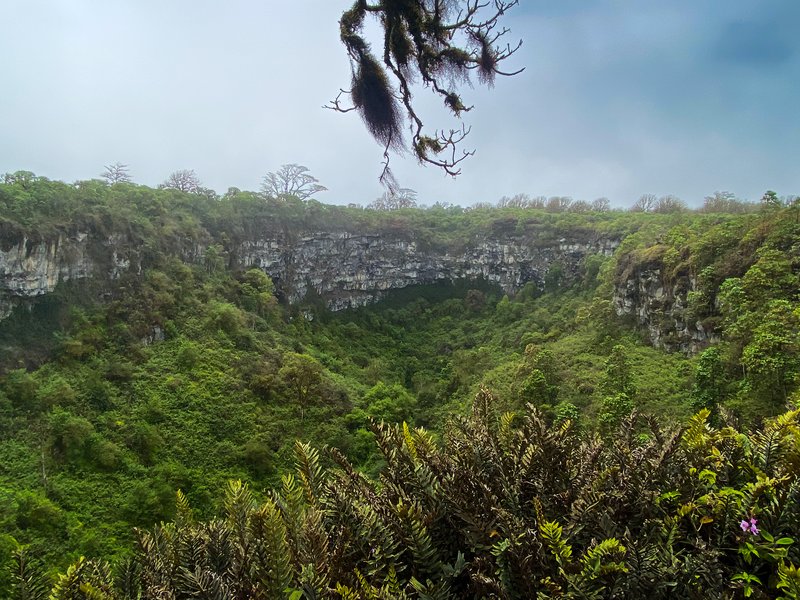
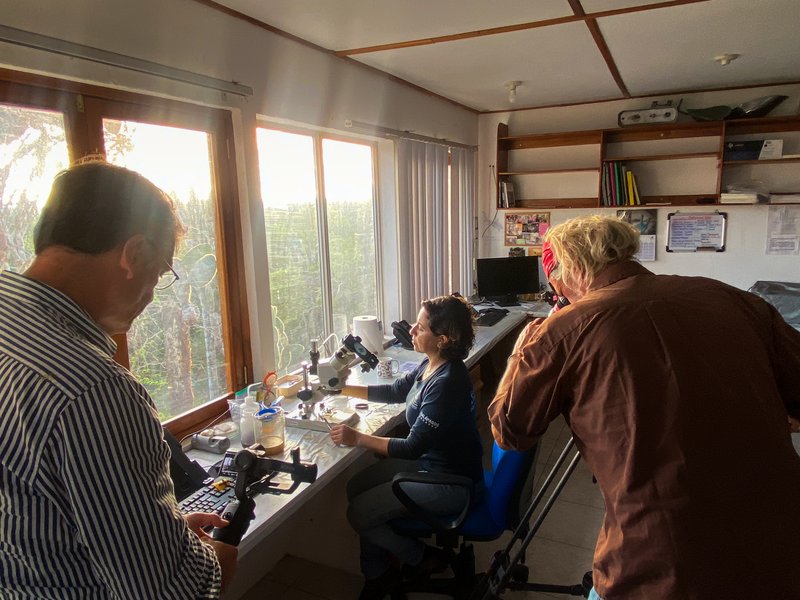
In the coming months, Jackie and the entomology team will:
- Create lists of beetles, ants, wasps, spiders, flies, and true bugs.
- Investigate their origins and differences between invaded and restored areas.
- Add new specimens to the CDF’s Terrestrial Invertebrate Collection.
- Expand biodiversity databases available to the community.
- Analyze the impact of invasive species and their control on invertebrate populations and their predators, such as birds.
Why This Matters
Every field expedition is a reminder of the importance of our work. The thorns, exhaustion, and logistical challenges are a small price to pay for contributing to the preservation of this one-of-a-kind place.
Regulations That Protect Galápagos
As part of my role, I ensured that all recorded footage complied with Galápagos National Park Directorate (GNPD) regulations. Galápagos has a special protection regime, and all filming activities require permits.
These regulations are not just bureaucratic procedures—they help mitigate human impact on protected areas. As a communicator, I play a vital role in ensuring that these rules are respected while also amplifying the voices of scientists who work tirelessly for conservation.
What Can You Do for Galápagos?
If you're planning a visit, consider doing so responsibly:
✅ Follow the rules of the Galápagos National Park.
✅ Choose sustainable tour operators.
✅ Support conservation efforts by donating to our organization.
Science and Communication: A Vital Link
Though my time in the field is sporadic, it is an essential part of my vocation. It reconnects me with the essence of my work and inspires me to continue advocating for Galápagos conservation.
At the end of the day, every effort, every scratch, and every challenge are small sacrifices for a greater purpose—protecting the place I call home.
Most importantly, science and communication go hand in hand. Together, they ensure that conservation efforts reach the world, inspire change, and protect this natural treasure for future generations.

